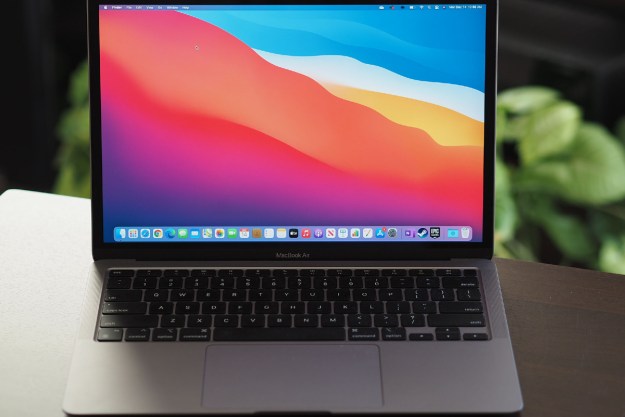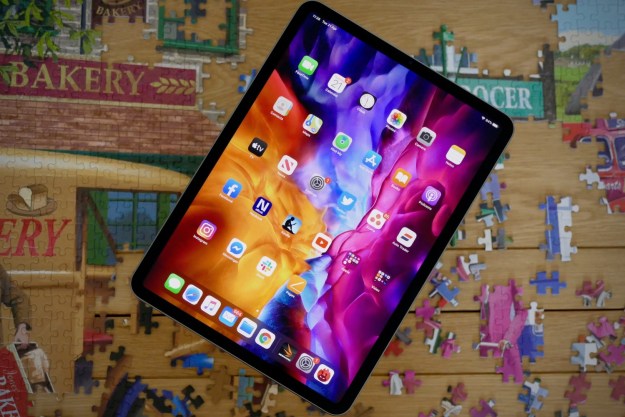 Amazon’s cloud storage service has finally recovered from its outage, and according to the online retailer’s Service Health Dashboard, all systems have been up and running normally since April 25. “The vast majority of affected volumes have now been recovered. We’re in the process of contacting a limited number of customers who have EBS volumes that have not yet recovered, and will continue to work hard on restoring these remaining volumes,” Amazon said earlier this week. Good news for the site’s many subscribers – at least most of them. But 0.07-percent weren’t so lucky, and they have had their cloud-stored data permanently destroyed, and Amazon has yet to address any possible compensation.
Amazon’s cloud storage service has finally recovered from its outage, and according to the online retailer’s Service Health Dashboard, all systems have been up and running normally since April 25. “The vast majority of affected volumes have now been recovered. We’re in the process of contacting a limited number of customers who have EBS volumes that have not yet recovered, and will continue to work hard on restoring these remaining volumes,” Amazon said earlier this week. Good news for the site’s many subscribers – at least most of them. But 0.07-percent weren’t so lucky, and they have had their cloud-stored data permanently destroyed, and Amazon has yet to address any possible compensation.
One “big customer” sent Business Insider the letter from Amazon explaining that part of his missing data will not be returned:
Hello,
A few days ago we sent you an email letting you know that we were working on recovering an inconsistent data snapshot of one or more of your Amazon EBS volumes. We are very sorry, but ultimately our efforts to manually recover your volume were unsuccessful. The hardware failed in such a way that we could not forensically restore the data.
What we were able to recover has been made available via a snapshot, although the data is in such a state that it may have little to no utility…
If you have no need for this snapshot, please delete it to avoid incurring storage charges.
We apologize for this volume loss and any impact to your business.
Sincerely,
Amazon Web Services, EBS Support
Aside from contacting the affected customers, Amazon has remained quiet on the matter. The silence can only last for so long though, as the site will need to address the service failure and issue a report. There’s also the matter of compensating the affected users for their loss, whether it be the time their sites were down or the elimination of their data altogether. Amazon’s Elastic Cloud Compute service level agreement guarantees 99.95 percent uptime throughout the year, but the fine print makes it easier for Amazon to avoided crediting anyone’s account. According to the contract, customers’ accounts will be credited if this isn’t met, but it gets trickier with Amazon’s definition of “annual uptime percentage” and its availability zones. Basically, you only get some redress from the site if you opted to use various “availability zones.” These are regional zones that are specifically built to stay up in running in case of system failure.
The legal jargon might make it difficult for users trying to seek credit for downed sites, but no amount of contract loopholes should be able to keep compensation from the 0.07 percent who lost their data altogether. But according to Amazon’s Web Service agreement: “We and our affiliates and licensors make no representations or warranties of any kind, whether express, implied, statutory or otherwise regarding the service offerings or the third party content, including any warranty that the service offerings or third party content will be uninterrupted, error free or free or harmful components, or that any content, including your content or the third party content, will be secure of not otherwise lost or damaged.” Until Amazon steps forward to explain the cause of the outage and its plans for crediting (or not crediting) those affected, customers will just have to sit, wait, and hope the down time is over.


